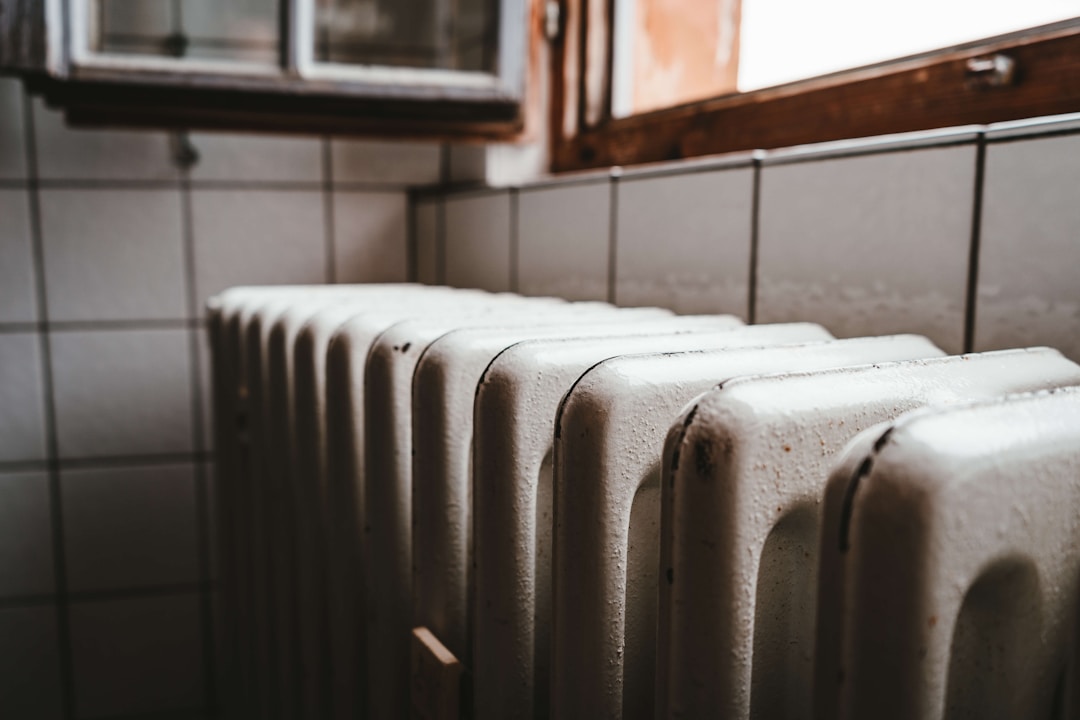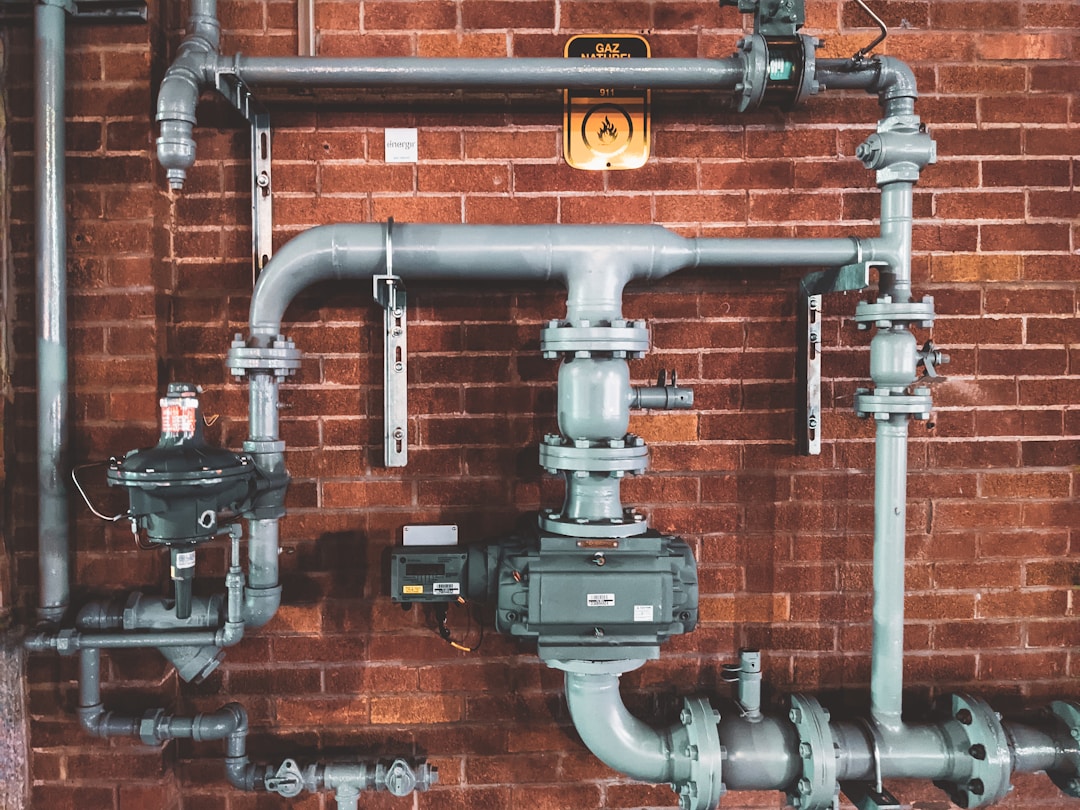We may not think much of a crack that we have spotted somewhere in or outside of our home. However, these cracks, in whatever direction they are running, can be detrimental to the safety and function of systems throughout your house. Let’s take a look at what some of these conditions actually mean for a homeowner.
Heat Exchanger Issues

Have you found yourself having issues when the weather changes and you have to turn on your furnace? It could be an issue with the system’s heat exchanger. The heat exchanger transfers thermal energy created by the furnace to air throughout your home. It’s an important device to monitor within your home’s HVAC unit. If the heat exchanger becomes cracked, serious problems can develop. Keep an eye out for signs of a crack.
If you notice more soot coming from your furnace, that means your heater isn’t burning all the gas that is present in the system. A cracked heat exchanger could cause this due to lower temperatures in the HVAC. You may have also noticed a lingering odor. That smell is formaldehyde and requires the help of an HVAC technician to deal with these potentially toxic fumes.
If you notice water pooling around the furnace, this is one of the warning signs of a cracked heat exchanger. The reduced heat caused by the crack keeps the furnace from burning off all the water effectively. Also, a yellow flame in your furnace is a sign of dirt and debris that may have gotten in through a crack in the exchanger.
The Trouble with The Home’s Foundation

While even a small crack may raise red flags about the foundation of your home, the truth is some slight hairline cracks are just a sign of foundation settlement. If a narrow crack emerges, it may be an indication of foundation problems. Be sure to monitor the crack to see if it expands over time. The building’s foundation is crucial to keep a close eye on, especially in regions where poor supporting soils are working against the foundation itself, like coastal settings.
If you notice vertical cracks developing that are more than 1/8 of an inch in diameter, have this cracked foundation sealed immediately. While this can usually be a sign of settling, it’s best to plug this up to prevent any moisture from seeping in. If a vertical crack appears where the foundation meets the basement floor of the house, it’s not a structural issue.
However, this also requires sealing with a caulk suitable for use on concrete. If a foundation wall crack gets beyond half an inch in diameter, bring in a foundation expert to take a look at the problem. If you notice a diagonal crack presenting a bulge in the home’s foundation, this is a sign of a greater problem, and even worse if this is a horizontal crack.
Plumbing Problems

While cracks anywhere in your household can cause a lot of stress of wondering what it may be, cracks in your plumbing are usually made obvious by the presence of a water leak. You can confirm a leak by shutting off any appliances or fixtures that use water, such as faucets and washing machines. Be sure to check your water meter box. If the meter is still running despite all fixtures being off, that means there’s a seepage somewhere.
You can also tell if there’s a leak by assessing your home for water damage, like bubbled paint, cracks, and stains. Leaking pipes may also leave wet spots, potentially even pooling on the side of your home. When these pipes break or leak, it can lead to mold growth, which is hazardous to you family’s health. Most homeowners can pinpoint the location of a leak fairly quickly, but don’t hesitate to contact a licensed plumber for a quicker fix.